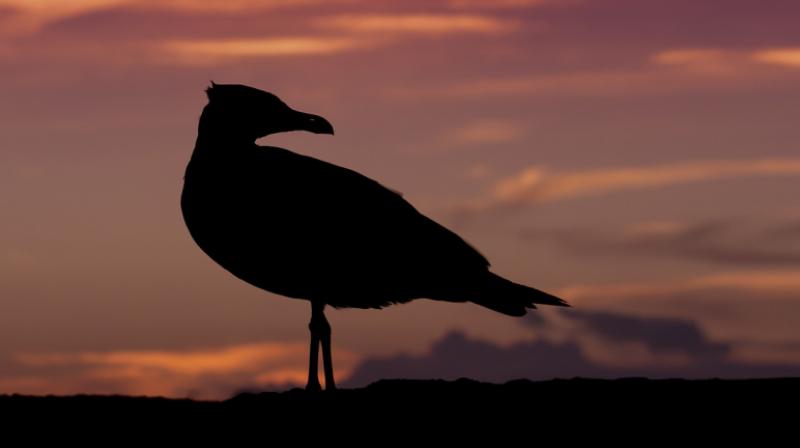New study indicates about 18,000 new bird species

New York: There may be about 18,000 bird species in the world - nearly twice as many as previously thought, a new study has found.
The study focuses on "hidden" avian diversity - birds that look similar to one another, or were thought to interbreed, but are actually different species.
It has serious implications for conservation practices, researchers said. "We are proposing a major change to how we count diversity," said Joel Cracraft from the American Museum of Natural History.
"This new number says that we have not been counting and conserving species in the ways we want," said Cracraft. Birds are traditionally thought of as a well-studied group, with more than 95 per cent of their global species diversity estimated to have been described. Most checklists used by bird watchers as well as by scientists say that there are roughly between 9,000 and 10,000 species of birds.
However, those numbers are based on what is known as the "biological species concept," which defines species in terms of what animals can breed together.
"It is really an outdated point of view, and it is a concept that is hardly used in taxonomy outside of birds," said George Barrowclough from the American Museum of Natural History.
For the study, researchers examined a random sample of 200 bird species through the lens of morphology - the study of the physical characteristics like plumage pattern and colour, which can be used to highlight birds with separate evolutionary histories.
This method turned up, on average, nearly two different species for each of the 200 birds studied. This suggests that bird biodiversity is severely underestimated, and is likely closer to 18,000 species worldwide.
The researchers also surveyed existing genetic studies of birds, which revealed that there could be upwards of 20,000 species.
However, because the birds in this body of work were not selected randomly - and, in fact, many were likely chosen for study because they were already thought to have interesting genetic variation - this could be an overestimate.
Researchers argue that future taxonomy efforts in ornithology should be based on both methods. "It was not our intent to propose new names for each of the more than 600 new species we identified in the research sample," Cracraft said.
"However, our study provides a glimpse of what a future taxonomy should encompass," Cracraft added. Increasing the number of species has implications for preserving biodiversity and other conservation efforts.
The study was published in the journal PLOS ONE.

